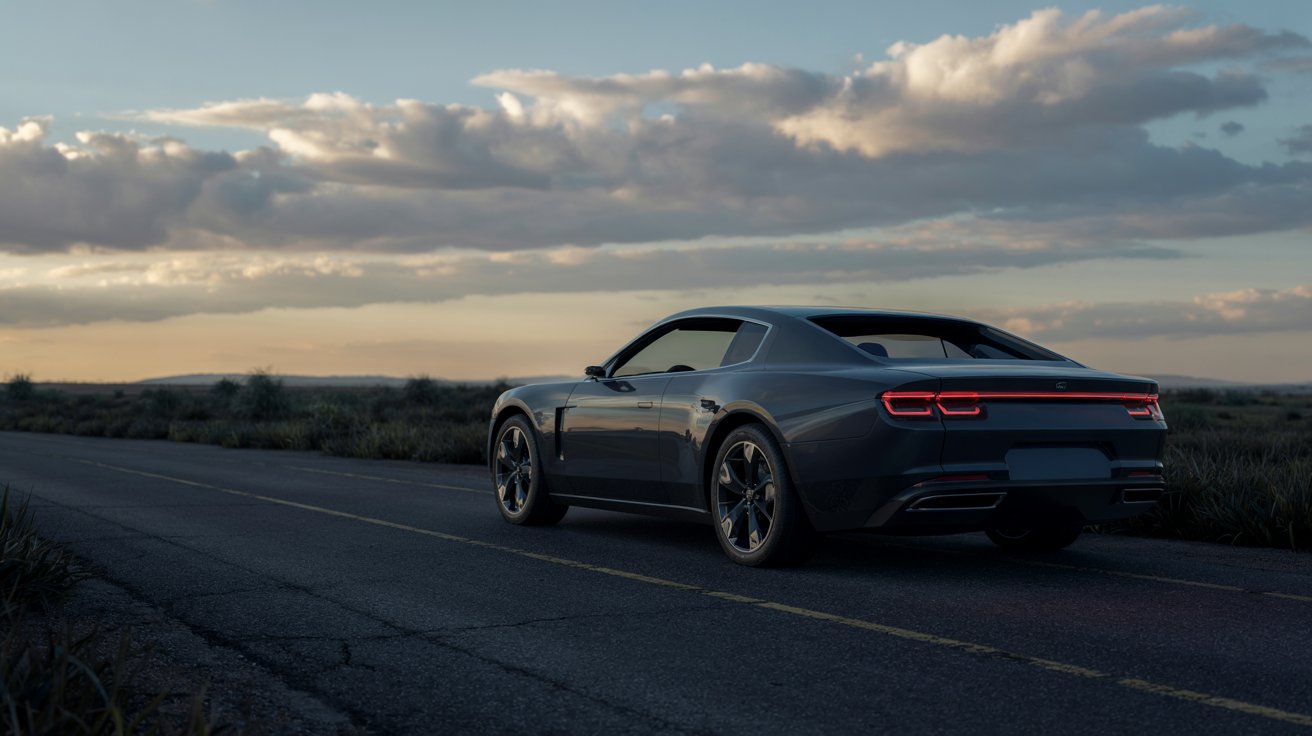Your cart is currently empty!

Why Your Marketing Budget Is Just Gas in the Tank (And What Really Drives Results)
“We need more marketing budget!”
It’s the battle cry of marketing departments everywhere. But What do you think would happen if you only looked at the gas gauge when you were driving your car?
The Marketing Road Trip Problem
Many business owners find themselves pouring money into marketing without a clear sense of direction. They increase ad spend, hire content creators, invest in fancy tools, and try new channels, yet the results remain disappointing.
Does this sound familiar?
Too many companies are seduced by “shiny car syndrome”—buying into marketing tactics because they’re new, trendy, or what their competitors are doing, not because they’re the right fit for their audience and goals.
Your Marketing Needs More Than Just Fuel
Think about it this way: your marketing plan is like planning a road trip. You wouldn’t just buy gas and start driving randomly, would you?
Effective online marketing starts with a plan. Let me show you what I mean.
A Four-Step Framework That Turns Budget Into Results
1. Start with the Destination (Objectives)

Before buying a car, before pumping gas into your tank, you need to know where you’re going.
Start with the end in mind. Your marketing objectives are your destination. They answer fundamental questions:
- Where does your business need to be in 6-12 months?
- What specific metrics will tell you you’ve arrived?
- How will you measure progress along the way?
Without clear objectives, your marketing budget is gas being poured on a bonfire. Exciting? For sure. Dumb? No doubt. But productive? Not so much.
2. Choose the Right Car (Strategy)
Not every car is right for every trip. An off-road adventure requires a different vehicle than a cross-country highway journey. Are you carrying groceries or mountain bikes?
“People don’t buy what you do, they buy why you do it.” ~ Simon Sinek
Your customer avatar helps you determine what marketing “vehicle” you need:
- Who exactly are you trying to reach?
- What challenges are they facing?
- How does your solution uniquely solve their problems?
When you deeply understand your customers, you stop wasting money on marketing that reaches the wrong people or delivers the wrong message.
Get the right message to the right customer at the right time. ~ Direct Marketing Axiom
3. Map Your Route (Buyer’s Journey)
Once you know your destination and have the right vehicle, you need a map to deliver your message at the right time. The buyer’s journey map is your GPS:
- How do customers become aware of the problems you solve?
- What information do they need when evaluating options?
- What might prevent them from making a purchase decision?
“Our job is to connect to people, to interact with them in a way that leaves them better than we found them, more able to get where they’d like to go.” ~ Seth Godin
Map each stage of awareness, consideration, prospecting, and decision, then align your messages and tactics to guide prospects along their path.
4. NOW You Can Think About Gas (Budget)
You determine how much “gas” you need only after completing the first three steps. Your marketing budget isn’t the driver of success—it’s simply the fuel that powers your well-planned journey.

Effective marketing isn’t a drag race.
And don’t step on the gas immediately. This isn’t a smart way to drive a car, and it’s not smart marketing either.
This is where many businesses get it wrong: they start with a fixed budget and then try to figure out how to spend it. Instead, let your destination, vehicle, and route determine how much fuel you’ll need. Step on the gas slowly. Build up speed as you see what’s working. Be prepared for speed bumps. The metaphoric horse has officially been beaten to death.
Put Strategy in the Driver’s Seat
Consider Early Bird Farms, a premium flour producer competing in a crowded market. Despite having an excellent product, their fragmented and inconsistent marketing efforts resulted in poor sales.
We started from scratch with a strategy-first approach:
- Created detailed customer avatars for both home bakers and artisans (choosing the right vehicle)
- Developed comprehensive buyer’s journey maps for each customer type (mapping the route)
- Set clear revenue objectives based on these insights (defining the destination)
- And after these pieces were in place, we designed a website and a marketing plan that made sense (fueling the journey)
The results were transformative. Within weeks, not months or years, they saw a 150% increase in sales.
Are You Ready to Stop Wasting Gas?
If you’re tired of pouring your marketing budget into a raging bonfire, it might be time to reconsider your approach.
Ask yourself: Do you know exactly where you’re going? Are you using the right vehicle? Have you mapped your route?
Once you’ve answered these questions, the budget question becomes much clearer. You’ll know exactly how much gas you need—and more importantly, you’ll know your marketing dollars are taking you somewhere worth going.
Want help creating customer avatars and buyer’s journey maps? Consider Marketing Sage Advantage, our planning tool, which will give you the data you need to craft a marketing strategy and plan that will drive growth.
And for a much deeper dive into marketing strategies and plans, read our blog post: What is a Marketing Strategy and Why do I Need One?
This post was inspired by a YT video published by Simon Sinek and this quote from the video, “Remember, money is fine, but recognize the role money plays inside a visionary organization—it’s the fuel that makes the car go. If the car is the company and the vision is the destination you’re trying to reach, money makes the car go. But you don’t own a car just so you can buy gas. You own a car to go places.”
Related Posts
SMART Objectives for Effective Marketing
A SMART objective sets the stage for success. And it give your measurement a backbone.
Breaking the AI Copywriting Code
Use AI copywriting to get drafts that don’t make you cringe.
Why Your Budget is Just Gas in the Tank
If you’re tired of pouring your marketing budget into a raging bonfire, it might be time to reconsider your approach.
Author: James Hipkin
Since 2010, James Hipkin has built his clients’ businesses with digital marketing. Today, James is passionate about websites and helping the rest of us understand online marketing. His customers value his jargon-free, common-sense approach. “James explains the ins and outs of digital marketing in ways that make sense.”
Use this link to book a meeting time with James.

